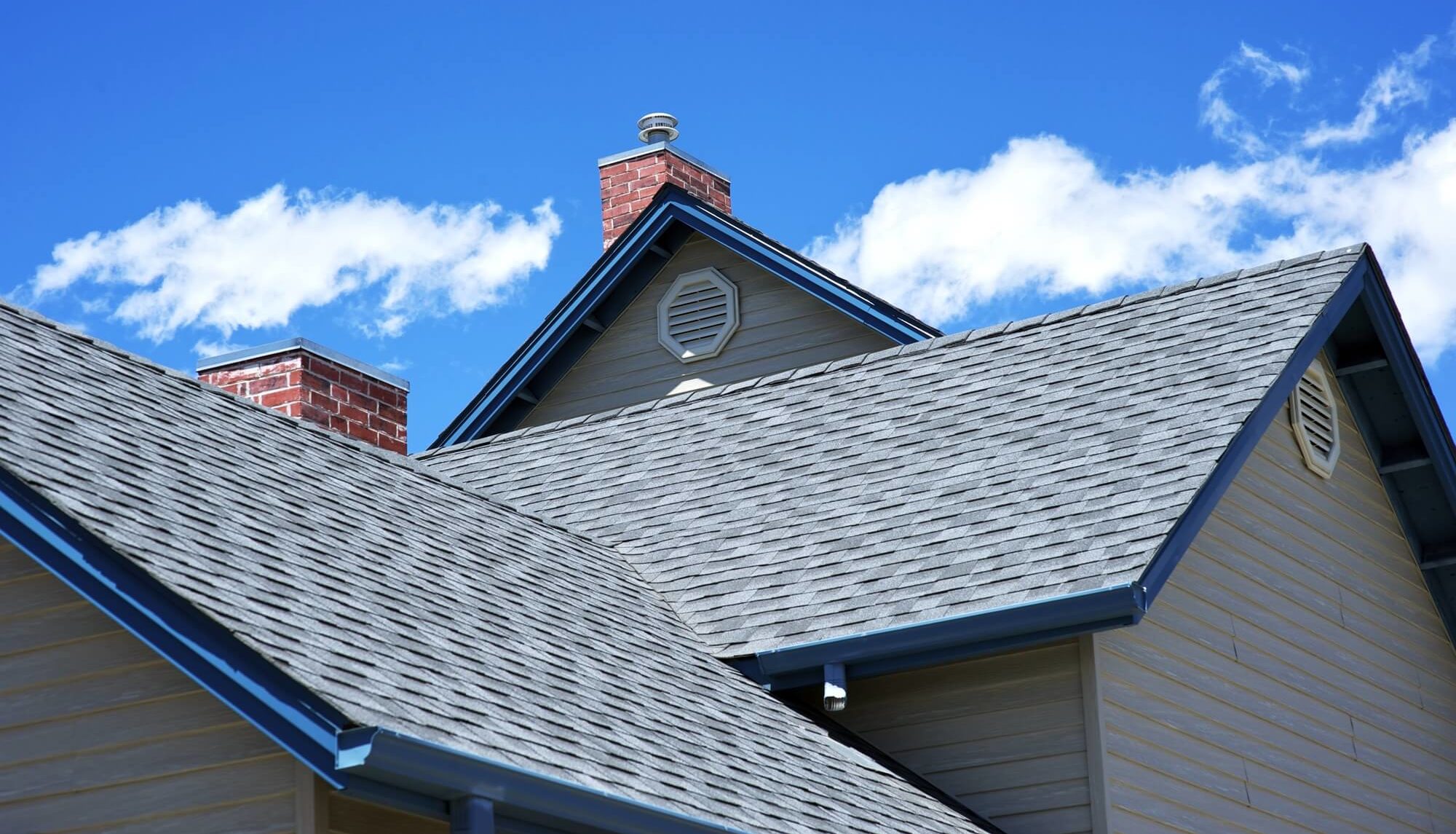Evaluating the Services Offered by Roofing Companies in Gainesville Florida
Evaluating the Services Offered by Roofing Companies in Gainesville Florida
Blog Article
Finest Practices for Ensuring Appropriate Roofing Ventilation
Making certain correct roof air flow is critical for the long life and effectiveness of a roof. A well balanced intake and exhaust air vent proportion, commonly 1:300, plays a crucial role, with intake vents ideally placed at the reduced side of the roof for cool air entrance and exhaust vents at the height for warm air exit. Regular evaluations to identify obstructions and keep clear air movement are extremely important. Moreover, maintaining insulation far from vents is essential to protect against air flow restriction. Comprehending these fundamental elements establishes the phase for more in-depth understandings right into setup and maintenance methods that can dramatically boost your roof system's efficiency.
Understand Ventilation Fundamentals
Effectively understanding ventilation essentials is essential for making sure the long life and performance of roof systems. Reliable air flow mitigates moisture buildup and temperature extremes in the attic room, both of which can lead to significant structural damage in time. A well-ventilated roof covering aids in preventing common problems such as mold growth, timber rot, and ice dams, which can compromise the integrity of the roof products and the underlying structures.
The key objective of ventilation is to promote the movement of air, permitting a consistent exchange between the interior and outside settings. This equilibrium is attained through a mix of consumption and exhaust vents that work with each other to maintain optimum air movement. Consumption vents, typically located along the soffits or eaves, enable fresh air to go into the attic room, while exhaust vents, often located at or near the roofing ridge, enable warm, moist air to get away.
Secret variables affecting the efficiency of roofing air flow consist of appropriate positioning, appropriate sizing, and making sure that both consumption and exhaust vents are unhampered. Routine inspection and maintenance are essential to recognize prospective clogs, damage, or inadequacies in the ventilation system, thereby guarding the roof's performance and resilience.
Sorts Of Roofing Vents
Roof vents play a crucial function in preserving reliable attic room ventilation and, by extension, the general health of the roof covering system. Various kinds of roofing system vents are readily available, each with unique benefits tailored to particular roof needs.

Soffit vents are mounted under the eaves and operate in tandem with roof vents to make certain a balanced consumption and exhaust system. By allowing cooler air to get in from below, soffit vents help with the expulsion of hot air with top vents. Gable vents, located on the outside walls of the attic, offer an additional effective solution, especially in homes with saddleback roofs.
Analyze Your Current Ventilation

Following, consider the age and problem of your roof covering products and ventilation components. Older systems might not adhere to present structure codes or might have weakened gradually, decreasing their effectiveness. Conduct a comprehensive assessment to recognize any kind of signs of damage, such as rust, damages, or spaces that might compromise the system's efficiency.
In addition, determine the attic temperature level and humidity levels. High temperatures and moisture can indicate poor air flow.
Installment Best Practices
Effective setup of roofing ventilation systems is paramount for making certain optimum performance and longevity. Appropriate setup begins with comprehending the certain ventilation demands of the roof and the building it covers. This entails determining the appropriate ratio of intake to exhaust vents, usually sticking to the 1:300 regulation, which stipulates one square foot of ventilation for each 300 square feet of attic room flooring area.

Intake vents ought to be installed at the roof's lower side, often in the soffits, to allow great air to get click here now in. Exhaust vents, on the other hand, should be set up near or at the roof covering's peak to facilitate the leave of cozy, moist air.
Seal all vent connections meticulously to avoid air leaks and possible water infiltration. Use top notch products and follow producer standards to make sure resilience and performance. Furthermore, incorporating ridge vents with baffles can significantly enhance air movement effectiveness by stopping wind-driven rainfall and snow from getting in the attic.
Inevitably, precise setup of roof ventilation systems mitigates potential issues such as mold growth, ice dams, and architectural damages, ensuring the roofing system's stability and the building's total health and wellness.
Normal Maintenance Tips
Consistency in maintenance methods is essential to guaranteeing the long-lasting efficiency of roofing air flow systems. Normal examinations are essential, ideally carried out biannually-- in the springtime and fall. Throughout these evaluations, guarantee that vents are devoid of particles, nests, and various other blockages that might hamper airflow. Look for any type of signs of dampness accumulation or mold, as these can show improper air flow or leaks (gainesville fl roofing companies).
Cleaning up the vents is an additional important job. Make use of a soft brush or a vacuum to eliminate dust and debris from consumption and exhaust vents. Beware not to harm the air vent screens or louvers throughout the procedure. Furthermore, inspect the attic room space for any type of indicators of water damage, which can endanger the integrity of the roof covering system.
Proper insulation is equally important. Make certain that attic insulation does not block the vents, as this can significantly restrict airflow. Rearrange or replace it to preserve a reliable obstacle. if any kind of insulation has actually changed or settled.
Finally, replace any damaged or missing elements quickly. Damaged vents, split tiles, or shabby flashing can all add to inadequate ventilation and needs to be addressed immediately. Regular maintenance ensures that the roofing ventilation system works optimally, thus prolonging the life expectancy of the roof covering itself.
Final Thought
Guaranteeing correct roofing ventilation is extremely important for preserving the performance and sturdiness of a roof system. Adherence to the 1:300 consumption and exhaust air vent ratio, paired with the tactical placement of vents, is vital.
A well balanced intake and exhaust vent ratio, frequently 1:300, plays a pivotal function, with intake vents ideally put at the reduced edge of the roof covering for great air entrance and exhaust vents at the optimal for warm air leave. Intake vents, normally located along the soffits or eaves, enable fresh air to enter the attic space, while exhaust vents, typically positioned at or near the roof covering ridge, make it possible for hot, moist air to run away.
Soffit vents are set up under the eaves and work in tandem with roofing system vents to make sure a balanced consumption and exhaust system. By permitting cooler air to enter from below, soffit vents facilitate the expulsion visit homepage of hot air with upper vents. Adherence to the 1:300 consumption and exhaust vent proportion, coupled with the tactical positioning of vents, is vital.
Report this page